
In a move that is redefining the luxury real estate market in the Gulf region, Dar Global has embraced co-branding partnerships with iconic names such as Versace, Aston
Martin, and The Trump Organization to create properties that transcend traditional living spaces. These strategic collaborations combine world-class design with Dar Global’s visionary approach, offering unparalleled lifestyle experiences and setting new market standards.
Q. Co-branding with luxury brands like Versace, Aston Martin, and others has become a hallmark of Dar Global. How has this approach transformed the luxury real estate market in the region?
Co-branding with globally recognized luxury brands has redefined the luxury real estate market in the region by elevating the standard of living and offering unparalleled experiences. These collaborations bring together the expertise of world-class designers and the vision of Dar Global to create properties that are not just homes but lifestyle statements. For instance, in 2021, Dar Global launched the world's first villas with interiors by Versace Home in the Shams Ar Riyadh project.
Similarly, our partnership with Aston Martin for The Astera on Al Marjan Island has set a new benchmark in architectural design and interior sophistication. This approach has attracted a new segment of high-net-worth individuals who seek exclusivity, craftsmanship, and a seamless blend of luxury and functionality. It has also positioned the GCC as a global hub for premium real estate, attracting international investors and setting new trends in the market.
By promoting these projects internationally and leveraging the global appeal of these brands, we attract investors from around the world, amplifying Foreign Direct Investments (FDI) inflows and contributing to the economic growth of the region. The increased desirability generated by these collaborations further enhances FDI results.
Q. How do partnerships with global brands like The Trump Organization shape the perception and reception of your projects in international markets? What will the Trump brand in the GCC signify?
Partnerships with iconic brands like The Trump Organization enhance FDI by raising the profile of our projects internationally and reinforce our commitment to delivering world-class developments. The Trump brand is synonymous with luxury, prestige, and excellence, and its presence in the GCC signifies a new era of opulence and sophistication. Projects like Trump International Oman and the recently announced Trump Tower Jeddah are not just real estate developments; they are global landmarks elevate the region’s status as a destination for luxury living. These collaborations resonate strongly with international buyers, who recognise the value of investing in properties that carry the legacy and reputation of globally renowned brands.
Q. You’ve highlighted the importance of aligning a brand’s DNA with property interiors and architecture. Could you share some examples where this was particularly impactful?
Aligning a brand’s DNA with the design and architecture of a property is crucial to creating a cohesive and immersive experience. A prime example is Marea Interiors by Missoni in Spain, where Missoni’s iconic use of bold patterns and vibrant colours is seamlessly integrated into the interiors, creating a unique and luxurious living environment. Another standout is Pagani Tower, where the automotive-inspired aesthetics of Pagani are reflected in every detail, from the sleek lines of the architecture to the bespoke interiors. By embedding brand DNAs into our projects, we elevate market standards and cater to a global clientele seeking aspirational lifestyles tied to revered names.
Q. What unique experiences do co-branded properties offer that traditional luxury properties may lack?
Co-branded properties offer a level of exclusivity and prestige that attract high-net-worth individuals and drive FDI. They provide residents with access to bespoke amenities, curated designs, and a lifestyle that reflects the ethos of the partnering brand. For example, owners of Trump Golf Villas enjoy priority access to championship golf courses, while residents of The Astera might experience exclusive Aston Martin driving tours. These partnerships provide not just homes, but membership into elite circles—amenities traditional properties simply cannot replicate. Additionally, co-branded properties often come with perks such as invitations to brand-related events or memberships to exclusive clubs, creating a holistic lifestyle that goes beyond the physical space while driving higher demand.
Q. Have you observed a shift in buyer preferences toward co-branded properties over traditional luxury offerings? If so, what factors are driving this trend?
Absolutely. There has been a noticeable shift in buyer preferences toward co-branded properties, driven by the desire for uniqueness, exclusivity, and a connection to globally recognized brands. High-net-worth individuals are increasingly seeking properties that reflect their personal style and aspirations, and co-branded developments offer precisely that. The assurance of quality, the prestige associated with the brand, and the potential for higher returns on investment are key factors driving this trend. This increased demand, combined with our international marketing efforts, results in significant FDI contributions. Savills reports a 150% growth in branded residences, driven by buyers viewing them as appreciating assets with guaranteed quality. These properties often serve as both a luxurious residence and a sound financial investment, making them highly attractive to discerning buyers.
Q. How does the financial performance of co-branded developments—such as ROI and market appreciation—compare to traditional luxury real estate projects?
Co-branded developments consistently outperform traditional luxury real estate projects in terms of ROI, market appreciation and attracting FDI. Our research indicates that co-branded properties can command a premium of up to 30% over non-branded counterparts. For instance, our W Residences in Dubai sold out within 45 days, underscoring the strong demand and financial viability of such projects. Co-branded projects consistently achieve a 15% ROI in the GCC, with premium pricing, faster absorption (a prime example is our Urban Oasis by Missoni in Dubai 95% pre-sale rate), and global appeal driving higher appreciation. Investors recognize these as safer bets with brand-backed value retention, making them a lucrative investment choice.
Q. Managing co-branded properties often involves adhering to stringent brand standards and maintaining a unique brand identity, while traditional luxury properties may have more flexibility. How do you balance the operational challenges and expectations of managing co-branded properties compared to traditional luxury developments?
Managing co-branded properties requires a meticulous approach to ensure that every detail aligns with the brand’s standards and identity. This involves close collaboration with the brand’s team, from design to execution, and maintaining rigorous quality control throughout the process. While this can be more challenging than traditional developments, the rewards are well worth the effort. Rigorous brand standards demand meticulous execution. We establish clear protocols with partners early, ensuring design integrity while adapting to local climates and regulations. Training teams on brand ethos and leveraging technologies for precision help maintain this balance without sacrificing flexibility. This collaborative approach ensures that the final product not only meets but exceeds expectations, delivering a truly unique and luxurious experience.
Q. Luxury real estate is increasingly expected to adopt sustainable practices. How do co-branded developments incorporate sustainability compared to traditional luxury properties?
Sustainability is a core focus for Dar Global, and our co-branded developments are no exception. We integrate sustainable practices into every aspect of the project, from design to construction and operation. Co-branded projects often go a step further by aligning with the sustainability goals of our partners. For instance, The Astera incorporates eco-friendly materials and smart building designs that reflect Aston Martin’s commitment to innovation and sustainability. Smart systems in projects like Marriott Residences optimize energy use, while partnering with eco-conscious brands ensures innovations like solar integration or recycled materials meet both environmental and luxury benchmarks. These efforts ensure that our developments not only offer luxury but also contribute to a more sustainable future.
Q. With over two decades in real estate, what lessons from your journey have been most valuable in leading Dar Global?
One of the most valuable lessons I’ve learned is the importance of innovation and adaptability in an ever-evolving industry. Real estate is not just about building structures; it’s about creating experiences and delivering value to customers. Understanding shifting buyer psychographics, like the rise of ‘investment-living’ hybrids, ensures relevance in dynamic markets. Another key lesson is the power of collaboration—whether it’s with global brands, government entities, or local communities, partnerships are essential to achieving success. Finally, staying true to our vision of delivering exceptional quality and setting new benchmarks has been the cornerstone of Dar Global’s growth. Thanks to these guiding principles, Dar Global has been able to create exceptional properties that attract international investors and contribute significantly to FDI in the regions where we operate.
Dar Global branded residences GCC


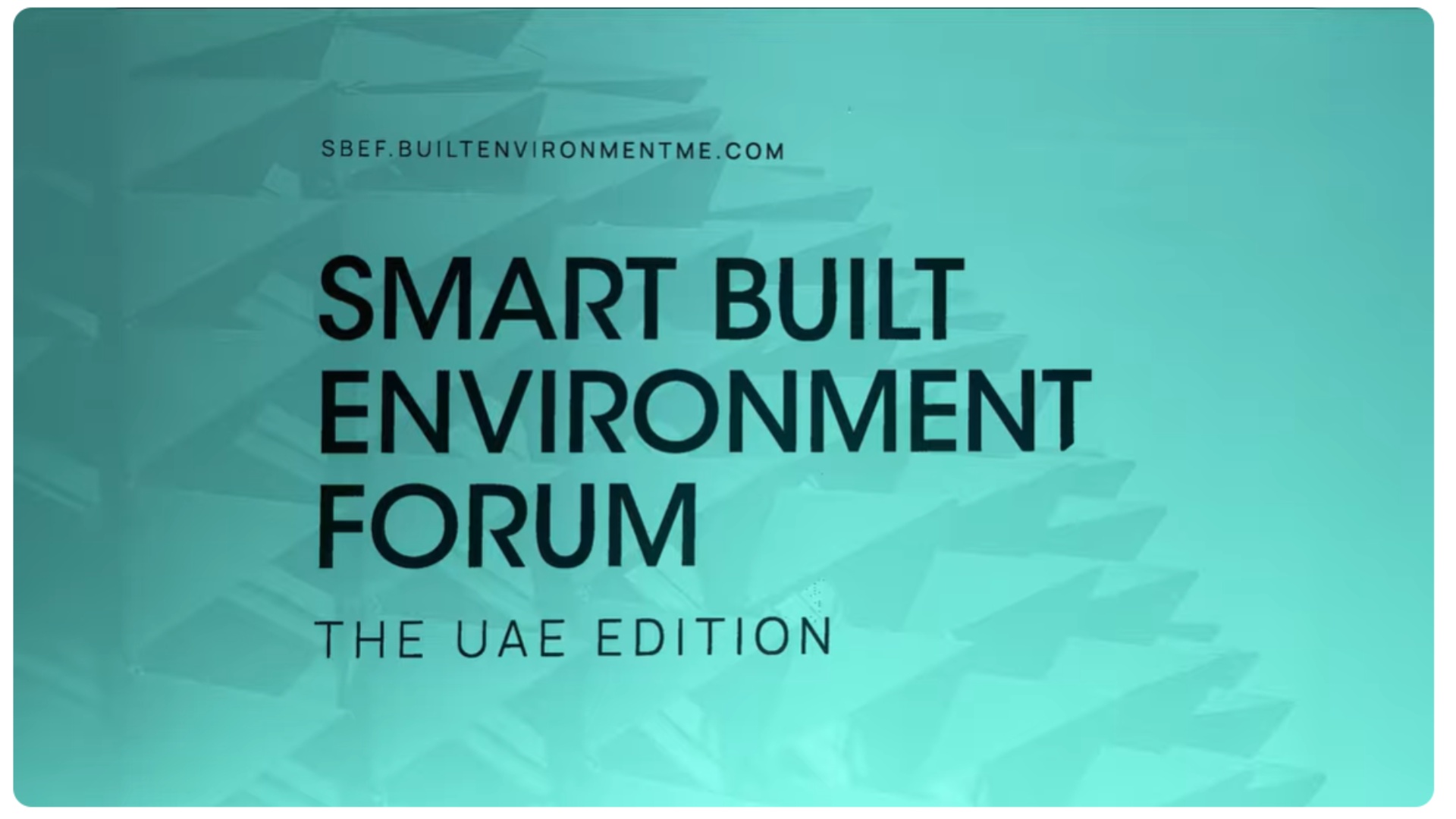






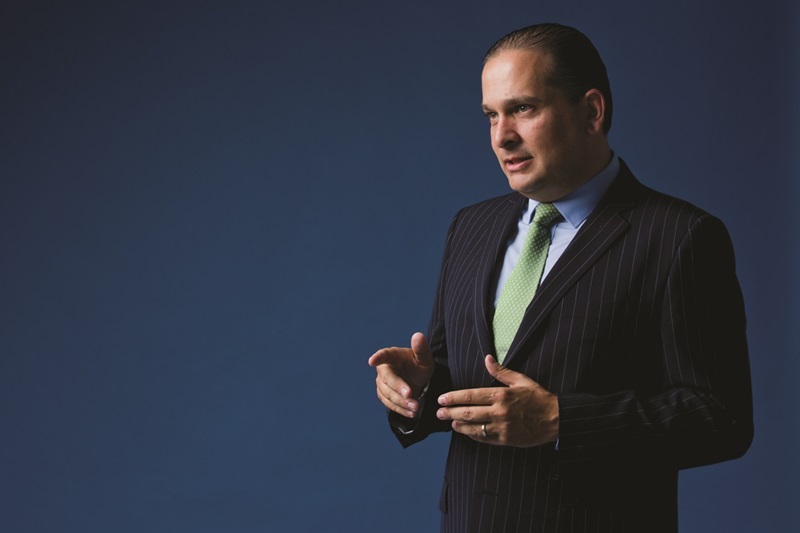
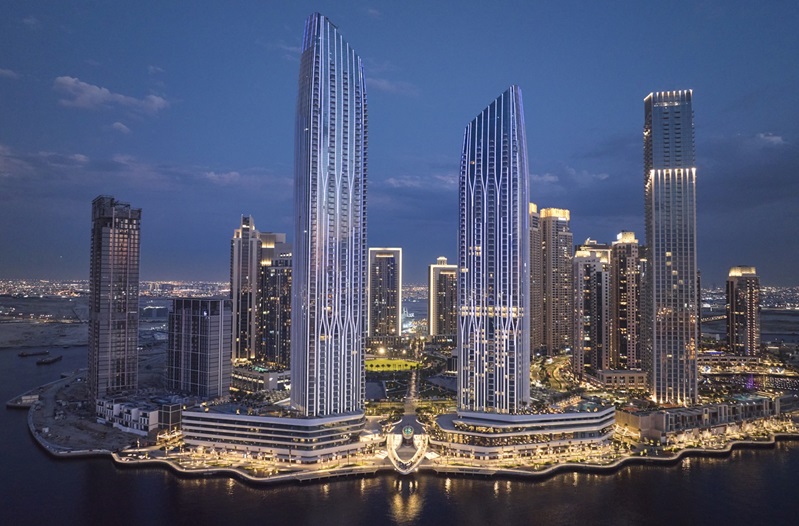


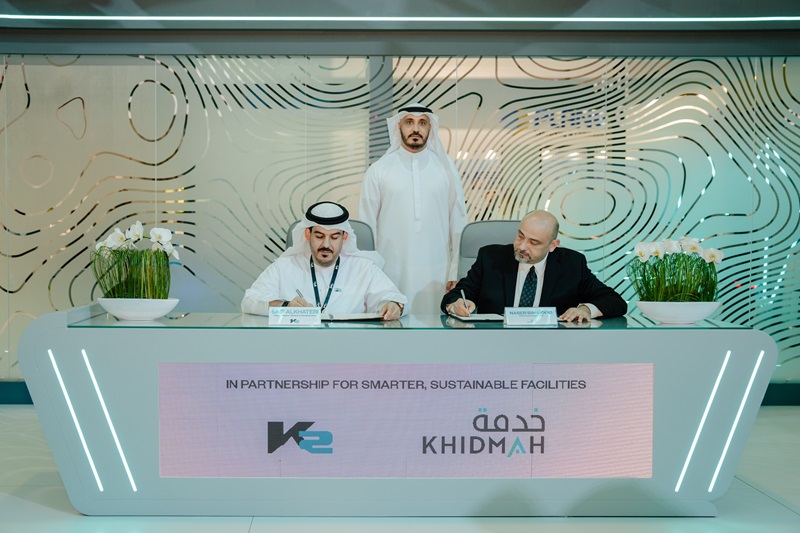
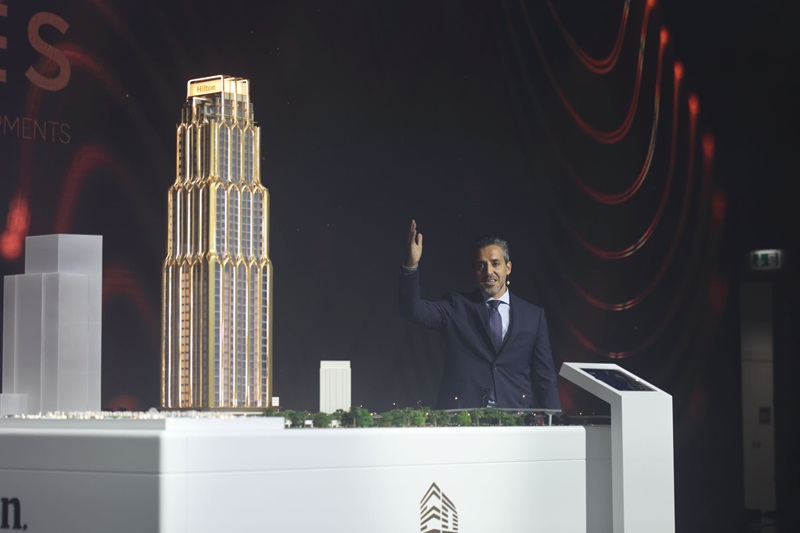

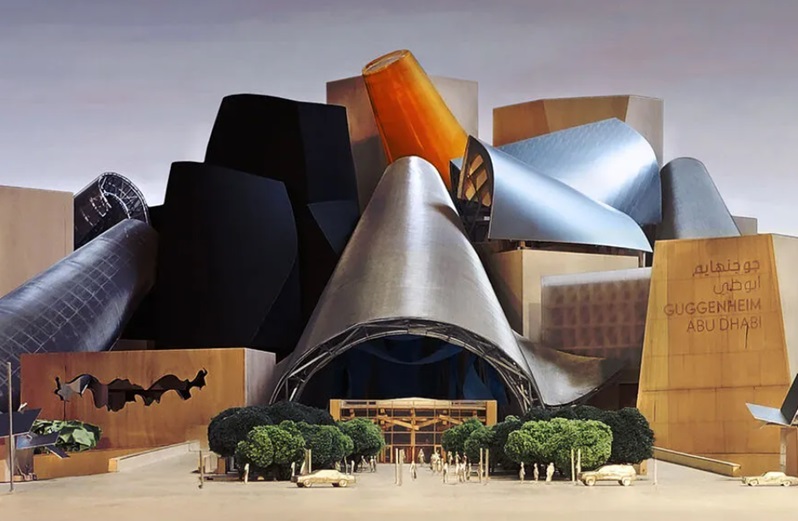
.jpg)